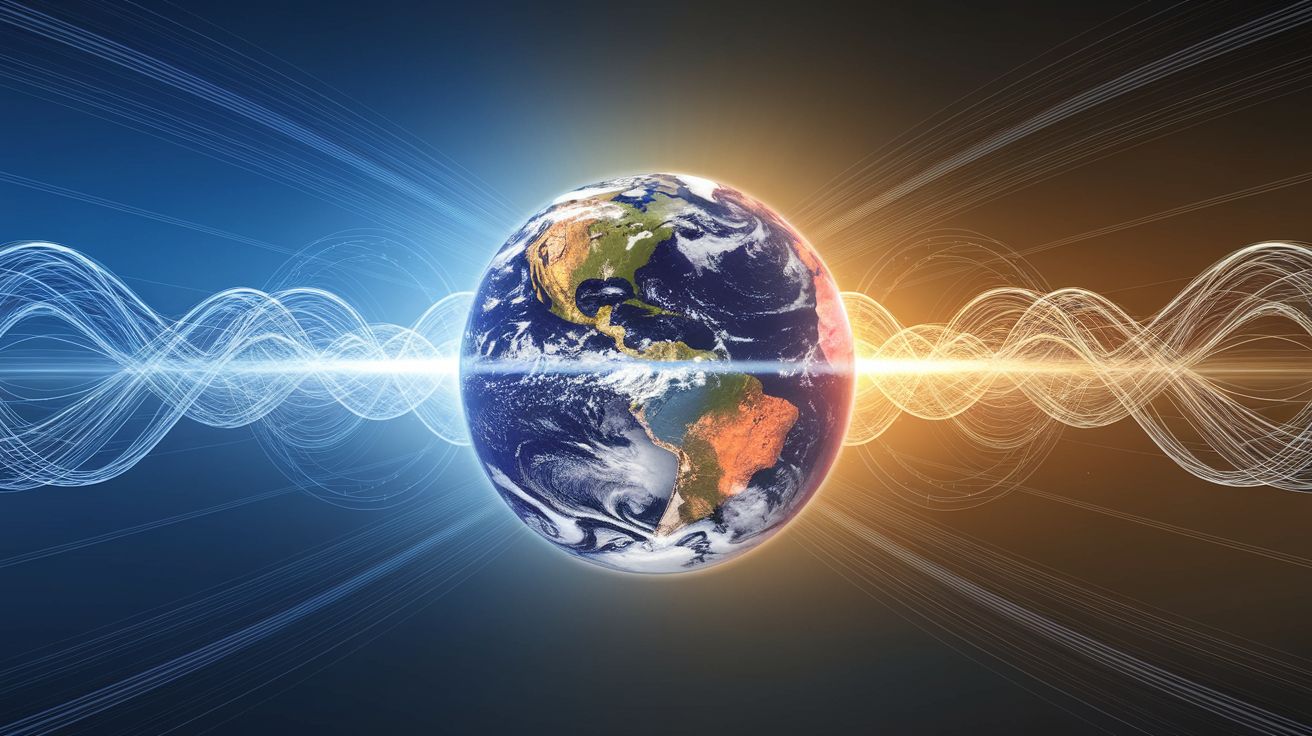Follow us on Google News (click on ☆)
Recent discoveries show that temperature variations over the last 485 million years have been far more extreme than previously thought.

By analyzing this long period, researchers found a clear correlation between carbon dioxide (CO2) concentration in the atmosphere and major climate changes. The higher the CO2 levels, the higher the temperature, and vice versa.
This study drew on numerous geological and climate data. Scientists reconstructed Earth's temperature fluctuations using fossils and sediments, which serve as records of past climates. This data demonstrated that the average surface temperature of our planet varied between 52°F and 97°F (11°C and 36°C) during the analyzed period. This variation is significantly greater than what was assumed.
Currently, we are living in a relatively cool period (an average temperature of 59°F or 15°C) compared to geological times. However, the trend of rapid warming caused by human CO2 emissions threatens to disrupt this stability. In fact, the exceptionally high heat peaks recorded (dating back to around 56 million years ago) are considered a possible analogue for our future climate.
Indeed, while most past fluctuations occurred over millions of years, allowing species the necessary time to adapt, the modern change is much faster, leaving little adaptation time for species, including humans. In fact, periods of sudden fluctuations are consistently associated with mass extinctions.
In light of these upheavals, researchers are sounding the alarm: without significant reductions in greenhouse gas emissions, global ecosystems could be severely impacted, with consequences difficult to predict.
What role does CO2 play in Earth's climate?
Carbon dioxide (CO2) is a greenhouse gas that traps heat in the atmosphere, preventing infrared radiation from escaping into space. As a result, the higher the concentration of CO2, the higher Earth's temperature rises. This phenomenon explains the periods of intense warming observed in the past.
CO2 level variations, often caused by natural events such as volcanic eruptions, have historically triggered oscillations between warm and cold periods. Today, human CO2 emissions have become the main driver of climate warming, raising temperatures more rapidly than during any other geological age.